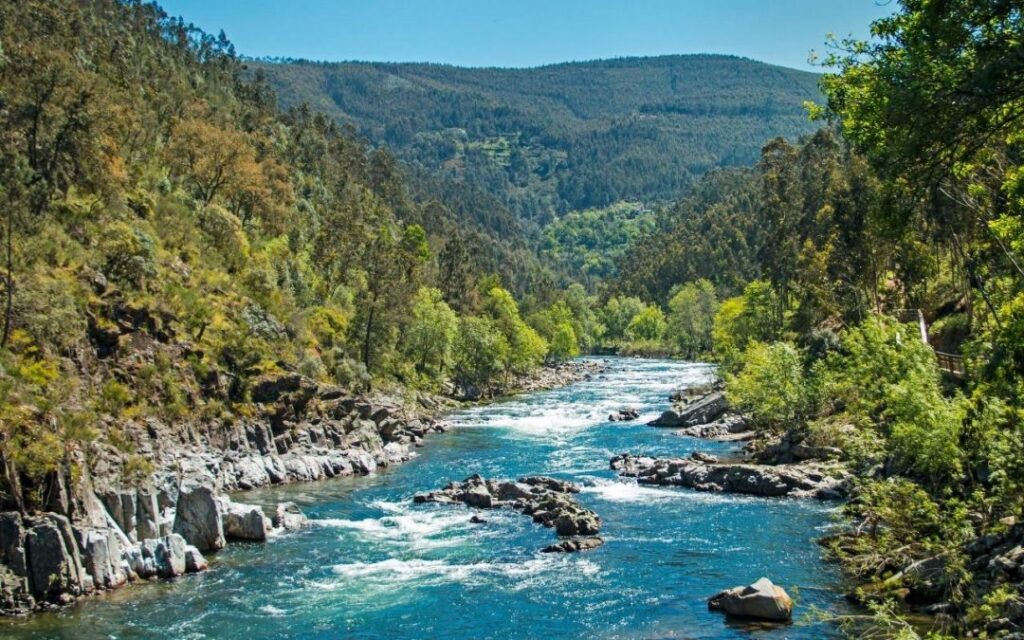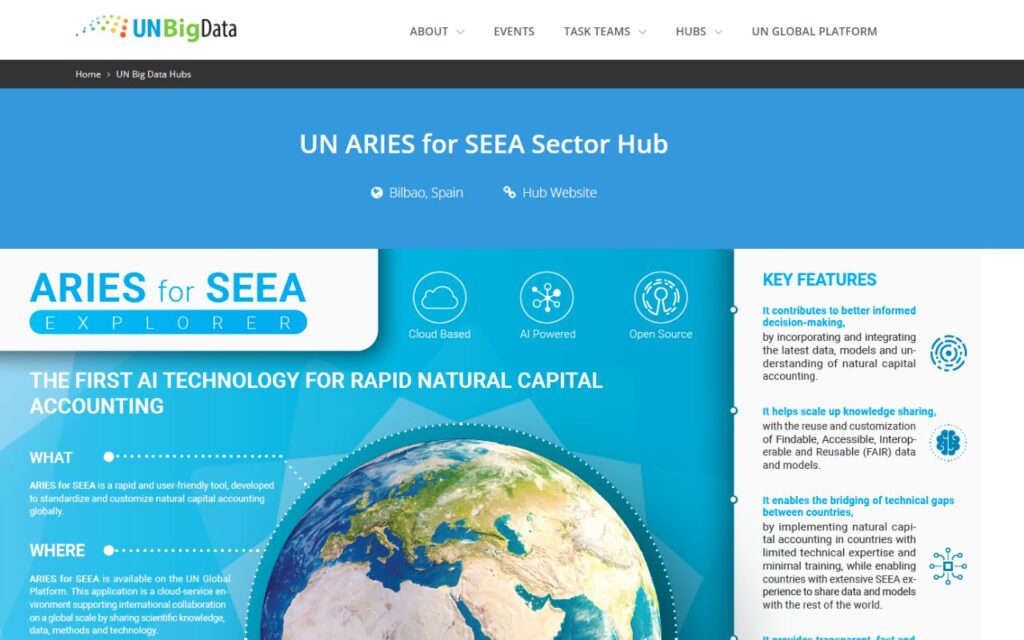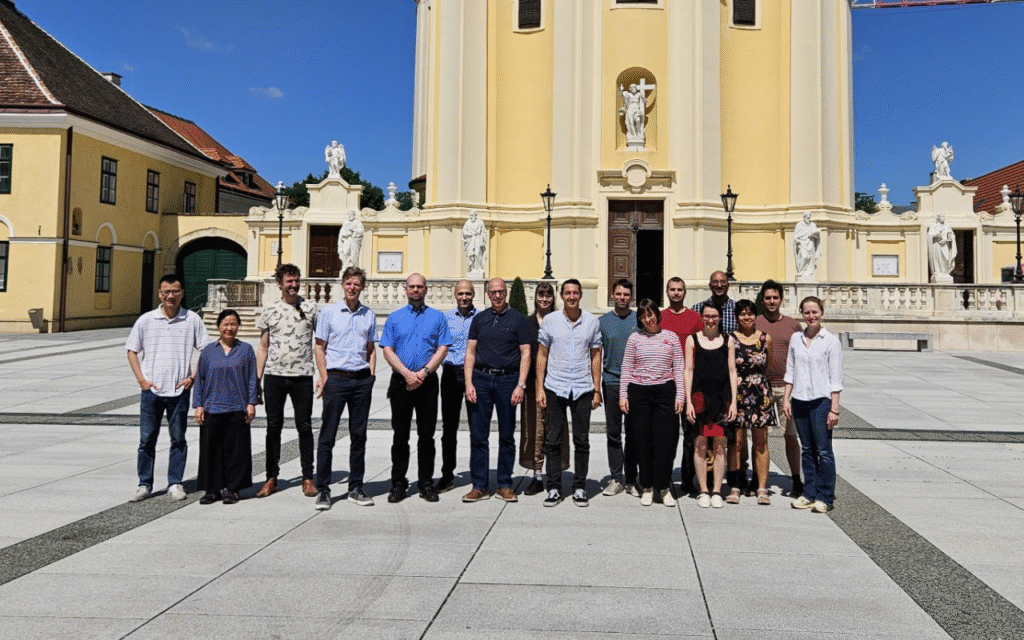“One of ARIES main goals is to have different models talking and interacting among each other and, to achieve this, we need to make them interoperable.” These were Alba Márquez’s opening words during her online presentation on September 15, at iEmss Conference 2020, as part of the ARIES team. The event, which had 350 participants from 40 different countries, was around modelling for environmental sustainability.
Alba’s work focuses on modelling forest ecosystem services through remote sensing and artificial intelligence (AI). She is involved in the ALICE Project, a European initiative aiming to promote sustainable investments in Blue-Green Infrastructure Networks (BGINs) through the identification of nature’s benefits in the Atlantic Region – Portugal, Spain, France and North Ireland –.
During her presentation, Alba explained how she, together with the rest of the ALICE project’s team, had integrated a set of complex ecological models coming from various disciplines, backgrounds and scales in the ARIES platform. Some of these models are based on data about water quality, recreation, soil erosion, etc.
The challenge: Scaling up the ‘PUERTO’ model
To create the models’ set, Alba collaborated with Dr. Busqué (Cantabrian Agricultural Research and Training Centre) to adapt his so called ‘PUERTO’ model – ‘Port’ in Spanish – to the ARIES platform.
‘PUERTO’ is a key model for the Cantabrian rangeland as it’s been developed around the structure, growth and utilization of pastures in the Spanish region. However, it had only been used in regional projects, never contributing to more comprehensive computational workflows. That has been Alba’s challenge for the past year.
The model was written using R software, and although it was divided into different files, it had been built as a one single model. The main code was monolithic, meaning that it had been written continuously, and the source lines of code could not be run independently. A not very user-friendly interface wasn’t of much help either to understand the code.
Turning ‘PUERTO’ FAIR
Internet and online data repositories have made it easier for both humans and computers to retrieve digital resources, making these both findable and accessible. When resources are related to the same topic and can interact among themselves it means that they are interoperable. We then speak about reusability when resources and models can be used in other contexts.
These four principles – FAIR – are the main objectives to be accomplished when building a model. Unfortunately, ‘PUERTO’ did not fulfill any of these, as the model worked through associated tables that related to a specific study area.
In order to adapt ‘PUERTO’ to k.IM, the semantic language of the ARIES technology – k.LAB –, Alba and the rest of the ALICE project’s team divided the code of ‘PUERTO’ into 10 thematic script files, also called ‘modules’. Then, they transformed the homogeneous R code into small semantic models associated with each of these modules in order to execute them independently. As models were logically consistent and self-contained, only those models that were needed were executed, rather than the whole script block.
Results speak for themselves: 246 independent models could interact with any model in the k.LAB software, whether being in the same module or not.
Besides being more understandable to end-users thanks to the semantic modelling, models could be executed in any spatial or temporal context. And, even more importantly, the whole process was much faster because it was powered by AI and Machine Reasoning.
Likewise, models were constantly improved due to the scientific and stakeholder teamwork, since ARIES consists of a collaborative and open-source platform for everyone.
Integrating knowledge through semantic modelling
In Alba’s words, sometimes, the complexity of modelling a problem involving different disciplines, identities and scales, can generate unsatisfactory outcomes not reflecting reality as it is. This can be due to different reasons: the limited access to knowing all the sides of the issue, or the challenging reach to resources.
Thus, it is key to articulate all the various components properly, as well as to boost collaboration among all stakeholders – from governments to individuals – to share their knowledge. It is equally important to adapt any model and resource from a particular context to a different one, by having means to reuse them.
“Integration is about defining every model individually, in order to link them without any human intervention respecting their own granularity. Integration consists of adapting models to a changing problem in a changing world.” These were Alba’s closing remarks to end a very inspiring presentation.






